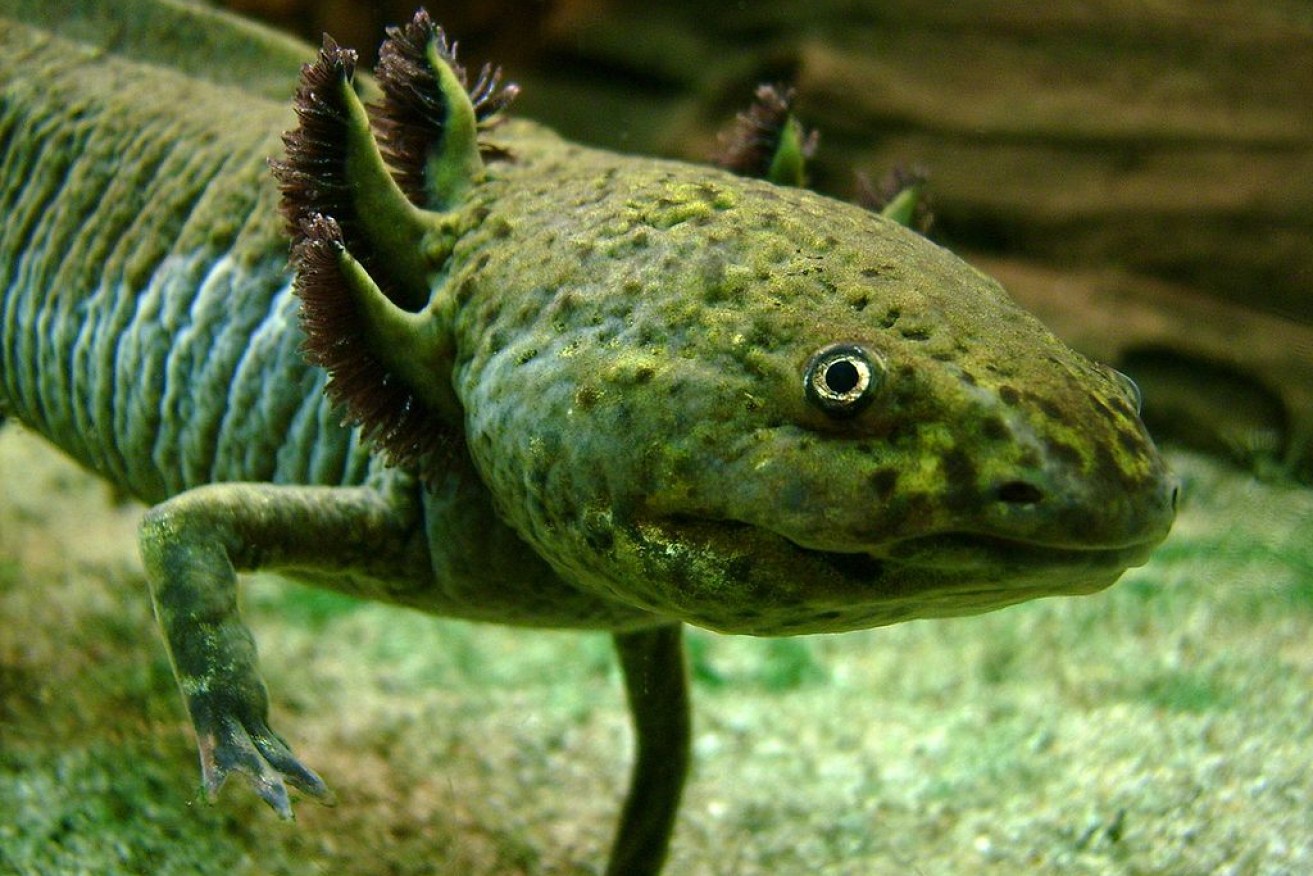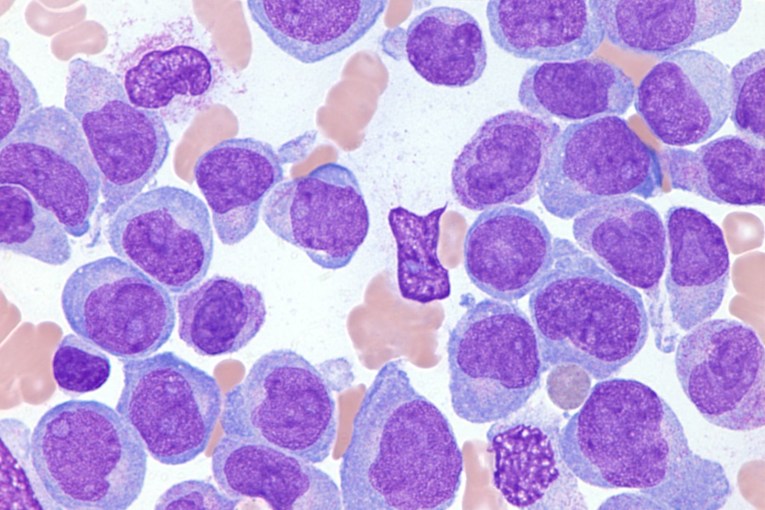Lizards and salamanders could be about to teach us how to regrow limbs


The axolotl and humans share the gene that triggers regrowth of a missing limb. Photo: Wikipedia
US scientists say it may be possible to regrow severed limbs, having identified previously unknown mechanisms in humans similar to those found in salamanders and zebra fish.
This once unthinkable idea (growing back a severed arm!) is now being seriously pondered by Duke University researchers after they made a less spectacular and yet equally profound discovery: counter to common wisdom, cartilage in human joints can and does repair itself.
This mechanism appears to be more robust in ankle joints and less so in hips, as evidenced by the rate of new cartilage turnover in these joints.
According to a statement from the university, the finding helps explain “why injuries to people’s knees and, especially, hips take a long time to recover and often develop into arthritis, while ankle injuries heal quicker and less often become severely arthritic.”

Illustration: Duke University Medical Center
This discovery opens a pathway to new drug treatments for joint injuries and – the holy grail for ageing people and battered athletes – for osteoarthritis.
“We believe that an understanding of this ‘salamander-like’ regenerative capacity in humans, and the critically missing components of this regulatory circuit, could provide the foundation for new approaches to repair joint tissues and possibly whole human limbs,” said senior author Dr Virginia Byers Kraus, a professor in the departments of Medicine, Pathology and Orthopedic Surgery at Duke.
How did they do it?
Using sensitive mass spectrometry, the researchers identified when key proteins in human cartilage, including collagens, were young, middle-aged or old.
They found that the age of cartilage largely depended on where it resided in the body. Cartilage in ankles is young, it’s middle-aged in the knee and old in the hips.
This correlation between the age of human cartilage and its location in the body. the researchers say, “aligns with how limb repair occurs in certain animals, which more readily regenerate at the furthest tips, including the ends of legs or tails.”
The key discovery was that molecules called microRNA regulate this regeneration process. These microRNAs are more active “in animals that are known for limb, fin or tail repair, including salamanders, zebrafish, African fresh water fish and lizards.”
In zebra fish, microRNAs are responsible for their astonishing ability to repair and re-grow a severed spine, and to heal a wounded heart.
But microRNAs also occur in humans – an evolutionary artefact that provides the capability in humans for joint tissue repair.
As in animals, microRNA activity varies significantly by its location – and in humans it’s highest in ankles compared to knees and hips and higher in the top layer of cartilage compared to deeper layers of cartilage.
“We were excited to learn that the regulators of regeneration in the salamander limb appear to also be the controllers of joint tissue repair in the human limb,” said lead author Dr Ming-Feng Hsueh.
“We call it our ‘inner salamander’ capacity.”
Developing drugs for arthritis the first step
It’s these microRNAs that the researchers say could be developed as medicines that might prevent, slow or reverse arthritis.
“We believe we could boost these regulators to fully regenerate degenerated cartilage of an arthritic joint,” said Dr Kraus in a prepared statement.
“If we can figure out what regulators we are missing compared with salamanders, we might even be able to add the missing components back and develop a way someday to regenerate part or all of an injured human limb.
If fish can repair their hearts, why not us?
She and her colleagues believe the microRNAs are a “fundamental mechanism of repair that could be applied to many tissues, not just cartilage.”
A 2007 University of Montreal study identified a gene that allows limb regeneration in the axolotl, a salamander native to Mexico.
They found that the gene, TGF-beta 1, controls the generation and movement of new cells, and allows the axolotl to regrow complex structures like limbs, tail, jaw, spinal cord and even parts of its brain.
Humans have this gene – but instead of facilitating limbs to regenerate, the gene causes the wounded area to heal and form a scar.








